Everyone knows the feeling of exhaustion after a long day’s work. Heavy eyelids, a foggy mind, and a longing for the warmth and comfort of our home. But what happens when each passing week leaves you feeling more exhausted than the next? If you're struggling to shake the stress, and feel stuck in constant mental tiredness, chances are, you’re experiencing mental exhaustion.
High-stress periods take a lot out of us, both mentally and emotionally. Life can feel hard enough, but an exhausted brain can make everyday life that much more challenging.
Unfortunately, mental fatigue is not an uncommon side effect of today’s demanding hustle culture. Nearly half of US workers feel mentally and physically exhausted by the end of the day, and 41% feel burnt out by their work. The average burnout rate is 60.2% across departments (that’s over half of the workforce burned out). These numbers are highest in the Millenial and Gen Z generations, who appear to struggle the most to balance both the increasing workloads and overwhelming societal expectations placed on them.
The good news is there are simple steps you can take to manage mental exhaustion and overcome these symptoms. All you need to do is develop good habits to prevent this kind of burnout in the future 👇
What is mental exhaustion?
Mental exhaustion (also known as mental fatigue, brain fog, being “worn out”) is a prolonged state of cognitive overload that drains self-control, focus, and decision-making, even after typical rest.
As you can imagine, everything your brain does requires energy. Lots of it at that (20% of our metabolic energy goes to our brain alone). But despite all those calories going to power your brain every day, it’s still possible for it to get tired. And, ultimately, it can’t perform it’s best when it’s tired.
Now, you may feel a bit spent after a long day’s work, but that’s not quite the same as “mental exhaustion.” The difference here is that your brain isn’t getting the chance to rest up over long periods, so it always feels tired, day after day. Mental exertion (and exhaustion) is not unlike physical fatigue in this way.We can eventually wear our brains out when we push ourselves too hard and for too long with cognitively and emotionally demanding tasks. A mentally exhausted brain will try to keep up in survival mode, but without recovery, will become overwhelmed beyond its cognitive capacity. The result is that your concentration begins to slip, you might make more silly mistakes, decision making feels dreadful, productivity plummets, your mood is shot. The list goes on.
Just like you’d rest sore legs and depleted energy stores after a long run, you also need to let your brain recover after prolonged exposure to intense mental stress. However, left untreated, mental fatigue will only build.
Note: mental exhaustion isn’t the same as chronic fatigue syndrome (ME/CFS), a distinct medical condition that requires clinical evaluation.
Mental exhaustion vs. emotional exhaustion vs. burnout
How is mental exhaustion different from everyday tension or job burnout? While stress, job burnout, and mental exhaustion often overlap and contribute to one another, mental fatigue is characterized as a general and chronic mental health condition. Stress is generally temporary, and burnout is a state of mental exhaustion that’s specific to work.
Emotional exhaustion, on the other hand, describes feeling emotionally worn out and drained across both work and non-work settings, often showing up as irritability, low motivation, and difficulty coping with daily demands. Mental exhaustion has many similar symptoms of the burnout workplace phenomenon, though it can be caused by both work or non-work stresses.
Here’s how these three ideas relate and differ at a glance:
Why these distinctions matter
Mental exhaustion and emotional exhaustion can happen inside or outside of work. On the other hand, burnout is typically tied to chronic workplace stress.
They frequently co-occur (if you’re feeling mentally exhausted, chances are, you’d also be burnt out at work) and can amplify one another (e.g., emotional exhaustion at home → reduced bandwidth → mistakes at work → burnout).
Quick self-check prompts
Not sure what you’re dealing with? Run this 30-second gut check:
👉 If what you’re noticing is mostly cognitive drain across different contexts (you’re fine at home, then foggy at work, then scattered when you try to do finances at night) that pattern points to mental exhaustion. This type of pattern would be characteristic of your “thinking systems” getting overworked, precisely what mental fatigue is.
👉 If the signs are spreading across emotional, physical, and performance areas (mood is flattening or edgy, your body feels tired or wired at the wrong times, and your output is slipping) that’s the gradual, whole-life pattern of emotional exhaustion. It tends to creep up week by week, not just during crunch days.
👉 If the struggle feels tightly tied to the job (detachment or cynicism about work, a sense of reduced effectiveness, and that Sunday-night dread) those are classic burnout signals. The stressors live primarily inside your role, workload, or team dynamics, even if the ripple effects spill into the rest of life.
What causes mental exhaustion?
Mental exhaustion is typically caused by prolonged exposure to stress. Both personal or professional stressors can be to blame for an increased cognitive load (like more work responsibilities due to The Great Resignation), dealing with an intense personal experience (like losing a loved one) or decreased resources (like lack of sleep or personal time). The brain becomes overworked from constantly having to be attentive and can shut down, leaving you feeling drained and overwhelmed.
The long and short of it is: mental exhaustion builds when mental load stays high and recovery stays low. But, let’s take a closer look at the top causes of mental exhaustion 👇
Work & cognitive load
- Cognitive overload: Long stretches of planning, analysis, and prioritizing push working memory past capacity. The more complex the inputs, the faster attention frays.
- Decision fatigue: A day full of approvals and trade-offs draws on executive functions, raising mental load even when the work looks simple.
- Back-to-back meetings & no breaks: Continuous meetings without recovery windows drain vigilance; by late afternoon, focus and accuracy drop.
- Context switching & interruptions: Pings, DMs, and ad-hoc requests force task-set changes, which are costly for the brain and compound fatigue.
Prolonged stressors
- Chronic stress (work or non-work): Sustained stress disrupts sleep, cognition, and digestion. Each one feeds the next, and fatigue deepens.
- Uncertainty & ongoing pressures: Reorganizations, economic worries, and persistent ambiguity keep the nervous system on alert, raising perceived effort for everyday tasks.
Life & health factors
- Major life events & caregiving: Grief, parenting, financial strain, emotional stress, and high-pressure roles add background load that doesn’t pause at 5 p.m.
- Chronic illness & mental-health conditions: Ongoing health challenges reduce available energy and recovery bandwidth.
- Juggling multiple commitments: School + work + family + side projects multiply logistics and decision points throughout the day.
Recovery gaps that make it worse
- Sleep debt: Too little (or low-quality) sleep blunts attention and executive function, creating a loop where work takes longer and rest gets squeezed.
- Low self-care & irregular routines: Skipped meals, inactivity, and sporadic downtime erode resilience and keep perceived effort high.
TL;DR pattern
High load (complex tasks, decisions, switches) + low recovery (few breaks, poor sleep) + ongoing stress → mental overload → mental fatigue & performance dips.
While these are the top causes of mental fatigue, it is not an exhaustive list. In reality, anything that causes consistent emotional or mental stress can lead to an exhausted brain.
If you think you’re experiencing mental fatigue, take a look back at any recent changes in your life that could be contributing to your stress. Some questions to ask yourself:
- Have I gone through any major life changes in the past three months?
- How many responsibilities and commitments have I been fitting onto my plate?
- Is my current routine sustainable long term, or am I overworked?
- Have I neglected any healthy habits or needs I should be prioritizing?
Top 19 symptoms of mental exhaustion?
Mental exhaustion creeps in when sustained stress keeps your brain “on” for too long. As load builds and recovery slips, attention, memory, mood, and decision quality all start to wobble, at work and at home. The pattern many people notice first: thinking feels slower, motivation dips, and routine tasks take more effort than they should.
Here are the most common symptoms of mental exhaustion:
Self-check: Are you mentally exhausted?
How to use this: In the past two weeks, check any items that fit. Aim for a 60-second pass. Count totals per category.
What your pattern suggests
- 3–4 checks across two categories: early fatigue signals. Try quick resets today and protect a few short recovery windows on your calendar.
- 5–8 checks across three or more categories: moderate fatigue pattern. Add daily basics (sleep window, short movement, daylight), trim load, and defend focus blocks with buffers.
- Frequent checks with clear impact on work/school/home: strong fatigue pattern. Consider a workload conversation with your manager and a brief consult with a healthcare professional.
- Any signs of severe low mood, panic, substance reliance, or thoughts of self-harm: reach out for professional support now.
12 healthy ways to recover from mental exhaustion (& prevent relapse)
If you're hitting a lot of these red-flag symptoms, it's time to take a look at how to overcome your mental fatigue.
In order to make genuine improvements to your well-being, you need permanent healthy lifestyle changes, not a quick fix. A short vacation may buy you a few more weeks, it's only a matter of time before you end up in the same position.
Below, we’ll show practical ways to overcome mental fatigue and keep it from creeping back.
1. Protect true rest
When you’re running from meeting to meeting or pushing through a long block of deep work, it’s tempting to skip breaks in the name of efficiency. But the research says the opposite: short, intentional pauses actually help your brain reset, restore alertness, improve mood, and cutting down on the errors that creep in when you power straight through.
Your brain isn’t designed for constant, unbroken output. Short breaks give your attention system a chance to refuel and keep you sharper for the next stretch of work. Without them, you’re more likely to slip into “tunnel vision,” where focus narrows but performance declines.
Schedule 2–3 micro-breaks throughout your day. No phone scrolling, just genuine pauses. Step outside, refill your water, stretch, or even close your eyes for five minutes. Then, set a clear end-of-day shutdown routine to help your brain fully disengage: review tomorrow’s tasks, capture any loose ends, and physically close your laptop.
2. Repair sleep
Sleep is the quiet engine that powers everything else you do. Research consistently shows that insufficient or poor-quality sleep directly impairs cognition, particularly executive function, vigilance, and memory.
The most reliable wins come not from exotic hacks, but from simple, consistent routines. Aim for a regular sleep window (going to bed and waking up at roughly the same time every day) to stabilize your circadian rhythm. Cut caffeine by early afternoon so it doesn’t interfere with deep sleep cycles. In the last hour before bed, dim lights, reduce screen exposure, and swap doomscrolling for a wind-down ritual like light stretching, journaling, or reading. These steps tell your body it’s safe to shift gears and power down.
3. Declutter inputs
One of the biggest hidden drains on your mental energy isn’t the work itself, it’s the constant stream of pings, notifications, and “just a quick question” messages. Each one pulls you into shallow attention, forces a decision about whether to respond, and often leaves behind mental residue that makes it harder to dive back into focused work. Over time, these micro-interruptions add up to decision fatigue and that nagging sense of never really being “done.”
One study found that people who checked their email less frequently during the day reported lower daily stress and higher well-being compared to when they kept their inbox constantly open.
Choose 2–3 windows per day for communication (maybe mid-morning, mid-afternoon, and/or late in the day) and default everything else to quiet. Turn off non-critical notifications, mute channels that don’t require your immediate attention, and archive or snooze threads that aren’t active priorities. You’ll be surprised how quickly your sense of control improves once you’re not tethered to the next ping.
4. Time block your priorities
If it isn’t on the calendar, it’s competing with everything else. Time blocking solves that by giving your most important work a protected lane, so it stops losing to meetings, messages, and “just a quick thing.”
You’re not only reserving time, you’re also reducing task switching, which carries a measurable mental toll. Studies have shown that switching between tasks slows performance and increases error rates due to “reconfiguration” costs (your brain has to unload one rule set and load another).
Before you log off today, choose one thing you’ll advance tomorrow, then give it a protected lane: block 90 minutes during your personal peak-energy window and label it “Focus — Do Not Book.” Wrap heavy meetings with 15-minute buffers, use the pre-buffer to prep and the post-buffer to decompress and jot next steps so you don’t carry mental residue into the focus block. When it’s time, keep the block sacred: silence notifications, set your status to heads down, and close any tabs you don’t need so all your attention lands on the work that matters.
5. Reduce context switching
Every time you switch from one task to another, your brain pays a toll. It has to unload the rules and information from the first task and reload the context of the next. Over the course of a day full of Slack pings, inbox checks, and task toggling, those costs add up to hours of lost focus. Research has shown that even simple predictable switches slow reaction times and increase error rates.
Group similar work together to stay in the same “mode” for longer stretches: reviews with reviews, writing with writing, admin with admin. Structure your schedule into a few bigger blocks. You can even set them hours or days (e.g., Tuesday mornings for strategy, Wednesday afternoons for reviews) so your week feels like clean chapters and not sticky notes scattered everywhere.
6. Right-size workload
Most weeks blow past capacity not because you’re “bad at time,” but because planning ignores reality. We stack optimistic estimates on top of shifting priorities, then wonder why recovery disappears and everything feels harder by Thursday. A better approach is capacity-based planning: estimate how long key tasks actually take, leave breathing room for the unexpected, and plan only ~80–85% of your available hours so you finish what’s planned and still have margin for context, breaks, and thinking time.
Start by budgeting your week realistically. After tallying up meetings, plan only about 80–85% of your remaining hours for tasks. This buffer gives you breathing room for interruptions and guarantees recovery still has a place in your week. Make Fridays your review day: check which estimates were off and recalibrate next week’s capacity so your planning improves over time.
7. Move your body
Movement is one of the fastest ways to reset your brain and body. Even short bouts of physical activity improve your mood and make it easier to sleep at night. 10 to 20 minutes of walking, stretching, or light cycling most days is enough to feel a lift in focus and energy.
The benefits extend beyond productivity: physical activity regulates stress hormones and gives your nervous system the chance to reset. So, treat movement as a non-negotiable appointment with yourself. Block a short walk after lunch, stretch between calls, or step outside for a breathing break. These tiny actions add up and prevent exhaustion from becoming your default state.
8. Nutritious basics
Brains run on stable fuel. When you go long stretches without eating (or coast through the day under-hydrated) routine tasks start to feel heavier than they should. Even mild dehydration can nudge attention and working memory in the wrong direction for some people, while drinking water before tasks can produce small but meaningful gains in visual attention and short-term memory.
Block a 20-minute, screen-free lunch to keep energy steady, and add two 5-minute hydration checks: one mid-morning, one mid-afternoon. Keep a couple of no-decision, repeatable meals on hand (think “weekday default” salad, wrap, or grain bowl) so you’re fueling without having to plan. If late-day dip is a thing, add a small protein + fiber snack to smooth the slope. Ultimately, simple routines around meals and hydration protect both physical and emotional health when workloads spike.
9. Sunlight & environment
Your body’s internal clock depends on light cues to stay on track. Morning light tells your system “the day has started”, which steadies daytime energy and helps nighttime sleep come more easily. Even short outdoor exposures make a difference: studies show that bright light exposure early in the day can advance the circadian phase and boost alertness, even on cloudy mornings.
Just as light helps you wake up, environmental cues shape how your brain feels about work. A cluttered desk sends constant visual signals your mind has to process, which adds to mental load. A quick end-of-day reset helps you start the next morning fresh, with fewer distractions pulling at your attention.
Step outside soon after waking, even if it’s just on a balcony or sidewalk, and soak in a few minutes of daylight. At the other end of the day, give yourself a 2-minute desk reset at shutdown: clear the space, put things back in order, and close the tabs you don’t need. The combination of morning light and evening order signals your brain when to be “on” and when to power down.
10. Externalize memory
Your head is a terrible filing cabinet. Offloading to-dos, ideas, and details into a reliable system frees up working memory so you can think instead of remember. Cognitive scientists call this cognitive offloading, using the world (lists, notes, reminders, whiteboards, apps) to reduce internal memory demand. Research shows that offloading reliably boosts performance on memory-heavy and multi-step tasks by relieving capacity limits. In short: write it down, set the reminder, move it out of your head.
Standardize on one capture inbox (notes app or task tool). If something takes ≤2 minutes, do it now; otherwise, capture it and tag it. Keep a Someday/Maybe list so non-urgent ideas stop stealing attention, and review your capture once daily so your system stays trustworthy.
11. Stress decompression habit
Short, consistent decompression breaks help you reset between cognitively heavy blocks so you don’t carry stress forward. Two of the most reliable mini-tools are paced breathing and brief mindfulness. With paced breathing, slowing to about 6 breaths per minute nudges your sympathetic nervous system toward “rest and digest” and raises heart-rate variability (HRV) (a marker linked to better stress regulation).
There’s growing evidence that slow-paced or resonance-frequency breathing is a great way to support your emotional health. That makes it a practical reset between meetings or after deep work.
After any meeting ≥45 minutes or a heavy focus sprint, take 3–5 minutes to downshift. Sit upright, inhale for 4 seconds, exhale for 6 seconds, and repeat until time’s up (≈6 breaths/min; if counting feels fussy, just slow and smooth your breathing).
12. Ask for help early
If daily functioning is slipping (or your mood has been low for weeks) early conversations can change the trajectory. At work, a quick 15-minute priorities/capacity check-in with your manager can remove blockers, swap or defer lower-value items, and rebalance workload before things snowball. In life, a brief consult with a clinician helps you sort symptoms from stressors, rule out medical contributors (e.g., sleep or metabolic issues), and sketch a simple, stepwise plan.
Decades of public-health and clinical work show that earlier identification and care are linked to better outcomes. You can reduce symptom burden and protect work/relationship functioning when you intervene sooner.
When to talk to a professional
Sometimes mental exhaustion is temporary and clears with rest. But if you’re noticing any of the following, it’s time to check in with a health professional (a primary-care clinician or mental-health specialist):
- Persistent low mood or hopelessness; anxiety that isn’t letting up; tearfulness; irritability; loss of motivation: These are hallmark features of emotional exhaustion and can overlap with mental health disorders such as depression or anxiety.
- Physical strain alongside the mood/cognitive changes: ongoing fatigue, headaches, poor sleep, stomach upset. When these symptoms linger, they’re more than “just stress.”
- Substance coping: (drinking or drug use more than usual) to get through the day or sleep. Escaping exhaustion this way may bring short relief, but it worsens fatigue and increases health risks.
- Functional impairment at work/school or home: Missed deadlines, rising absences, slowed performance, or difficulty meeting daily responsibilities are all red flags that mental fatigue is crossing into impairment.
- Symptoms that persist or worsen despite rest and basic self-care: If two weeks of breaks, sleep, and lighter load don’t bring relief, professional support is the next right step.
You don’t need to wait for a crisis
Mayo Clinic Health System explicitly recommends talking with a mental-health professional if you have signs of emotional exhaustion (even if you’re not in acute distress) so you can sort through causes and build a plan. Early conversations often prevent spirals and help you recover faster.
Hustle culture isn’t serving you 💔
Too often, hustle culture makes us set aside our own needs and boundaries to accommodate a workload that we simply don’t have the time or emotional bandwidth for. Overextending yourself week after week is not a sustainable way to be productive. Despite the old school motto of ‘keep your nose to the grindstone’, the world is changing, and employees are taking a stance for their mental health.
At Reclaim, this is beyond important to us, and one of the leading forces driving our product value for users. We automate balancing work and life so you can prevent mental fatigue with realistic planning and goals – around what you’re actually able to accomplish. Automatically defending your schedule, creating a manageable weekly work plan, and prioritizing healthy daily habits allows you to be more productive, happier, and prevent mental exhaustion from derailing you again.









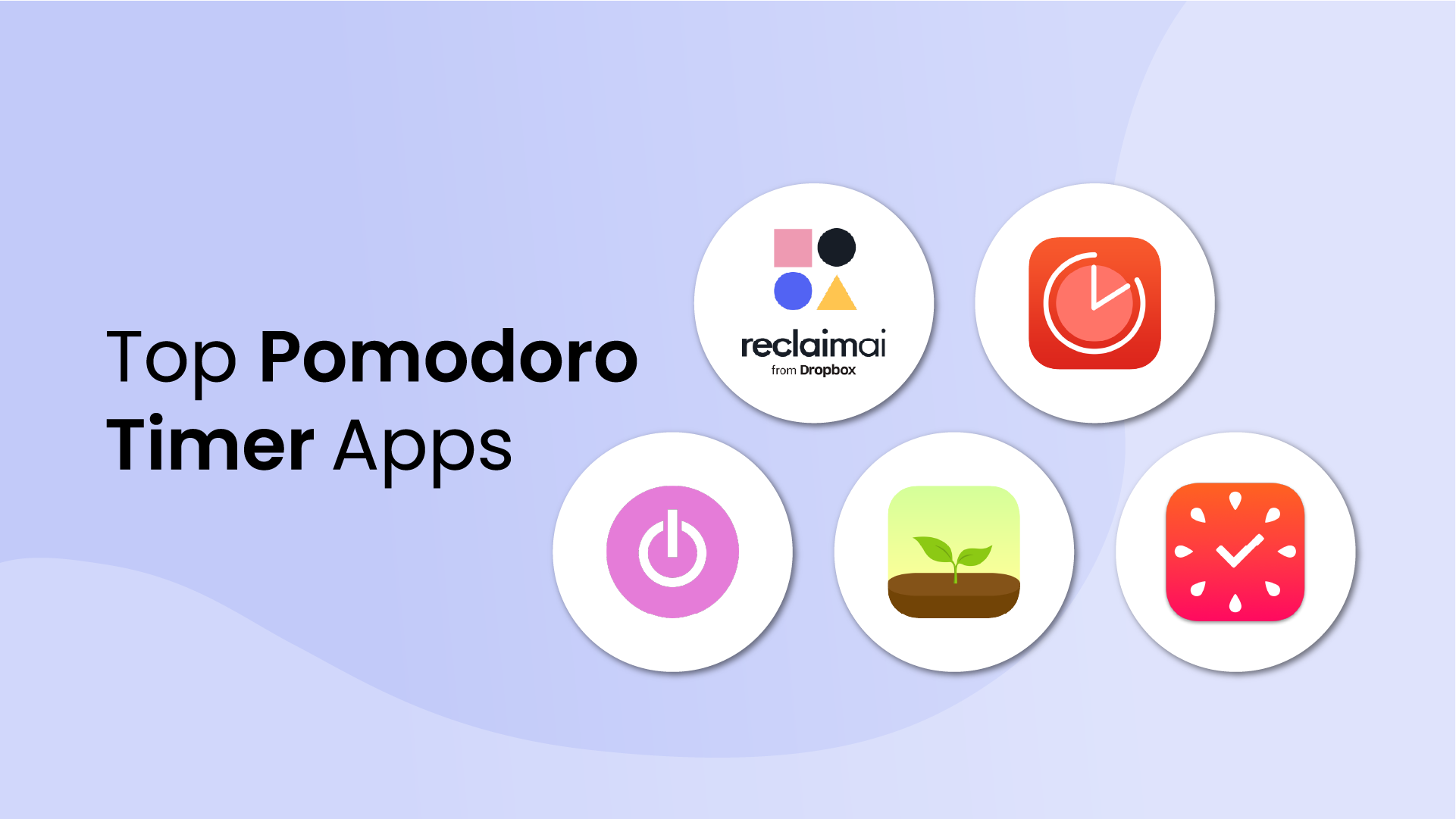
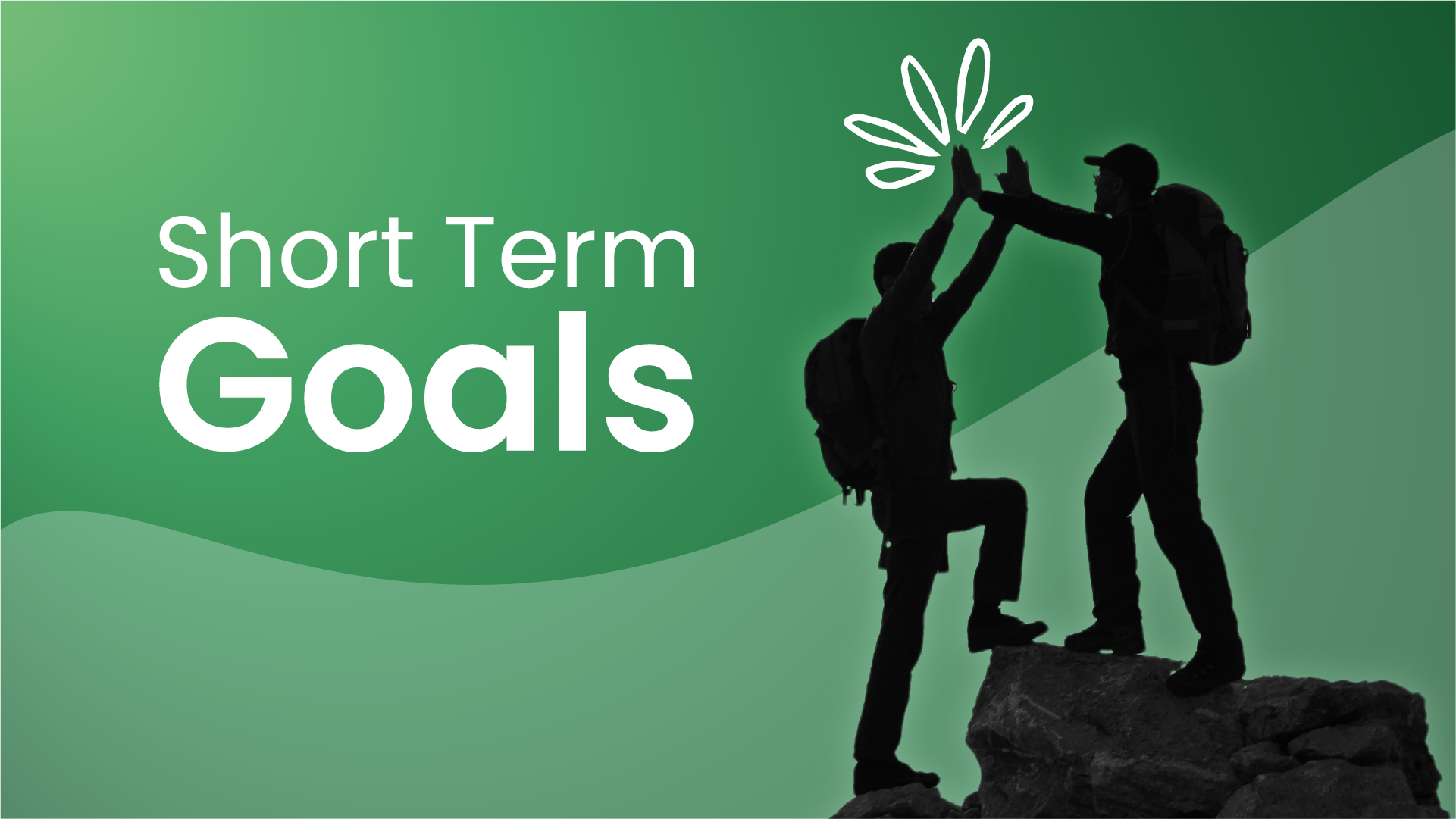
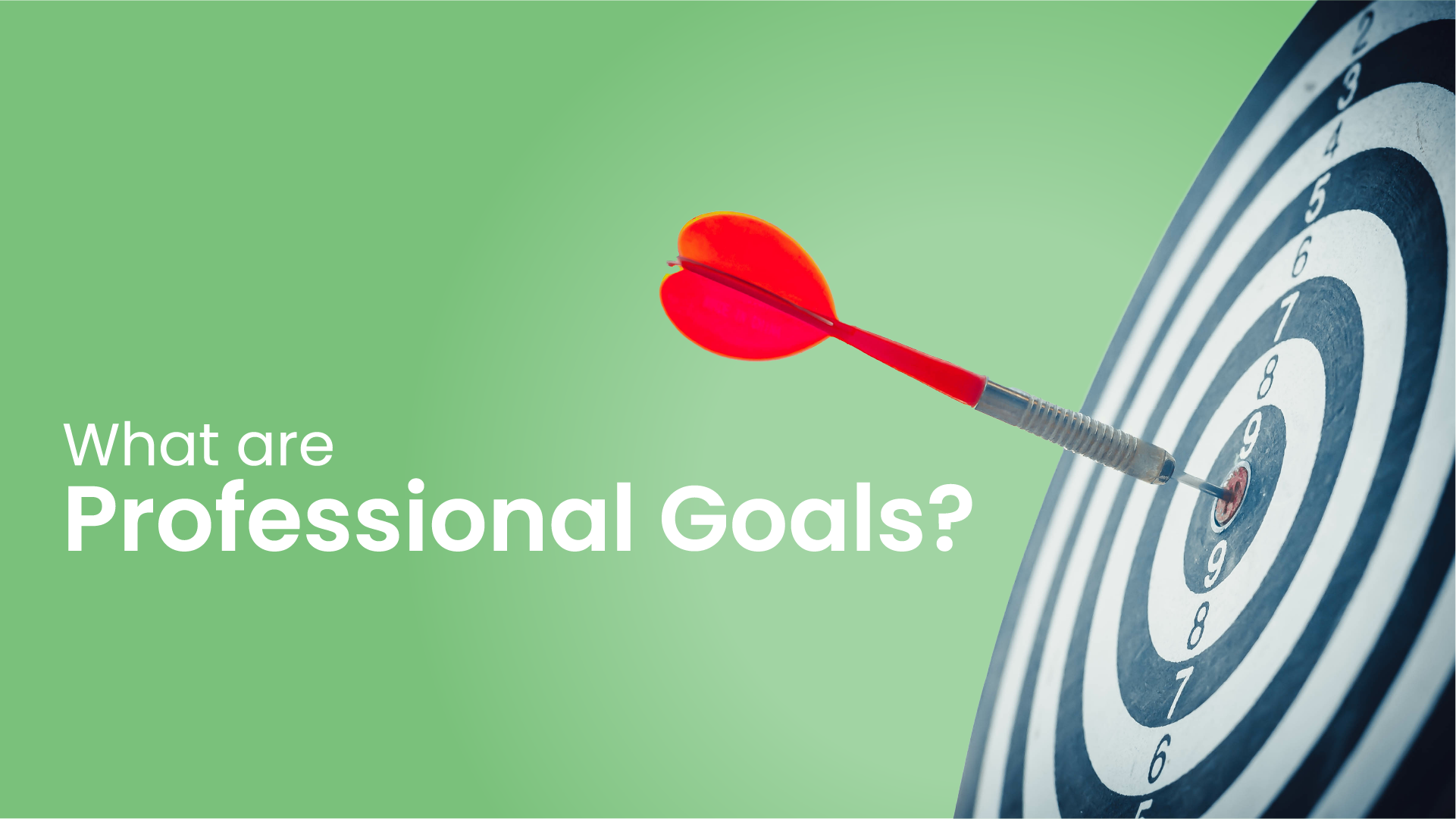

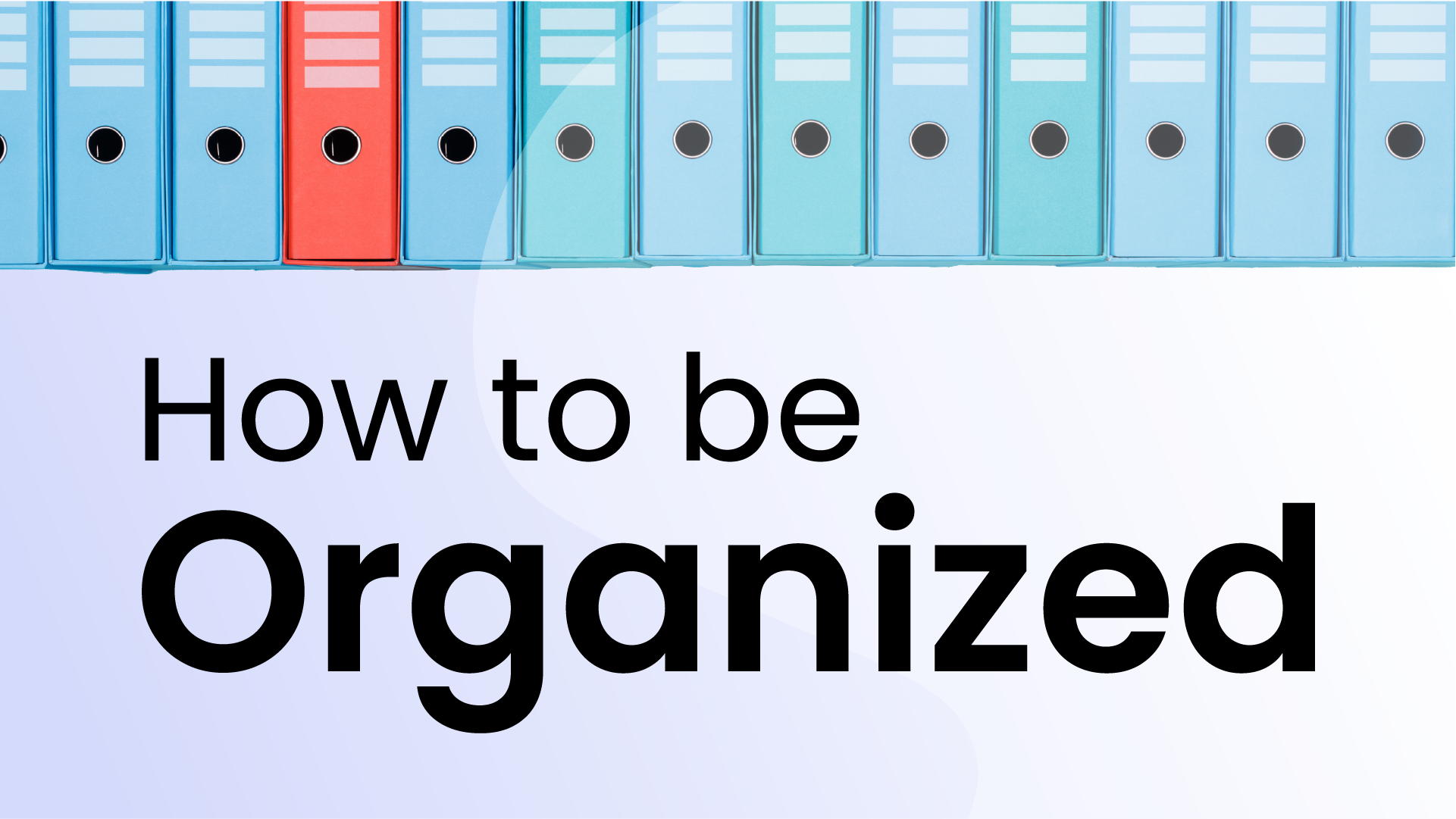




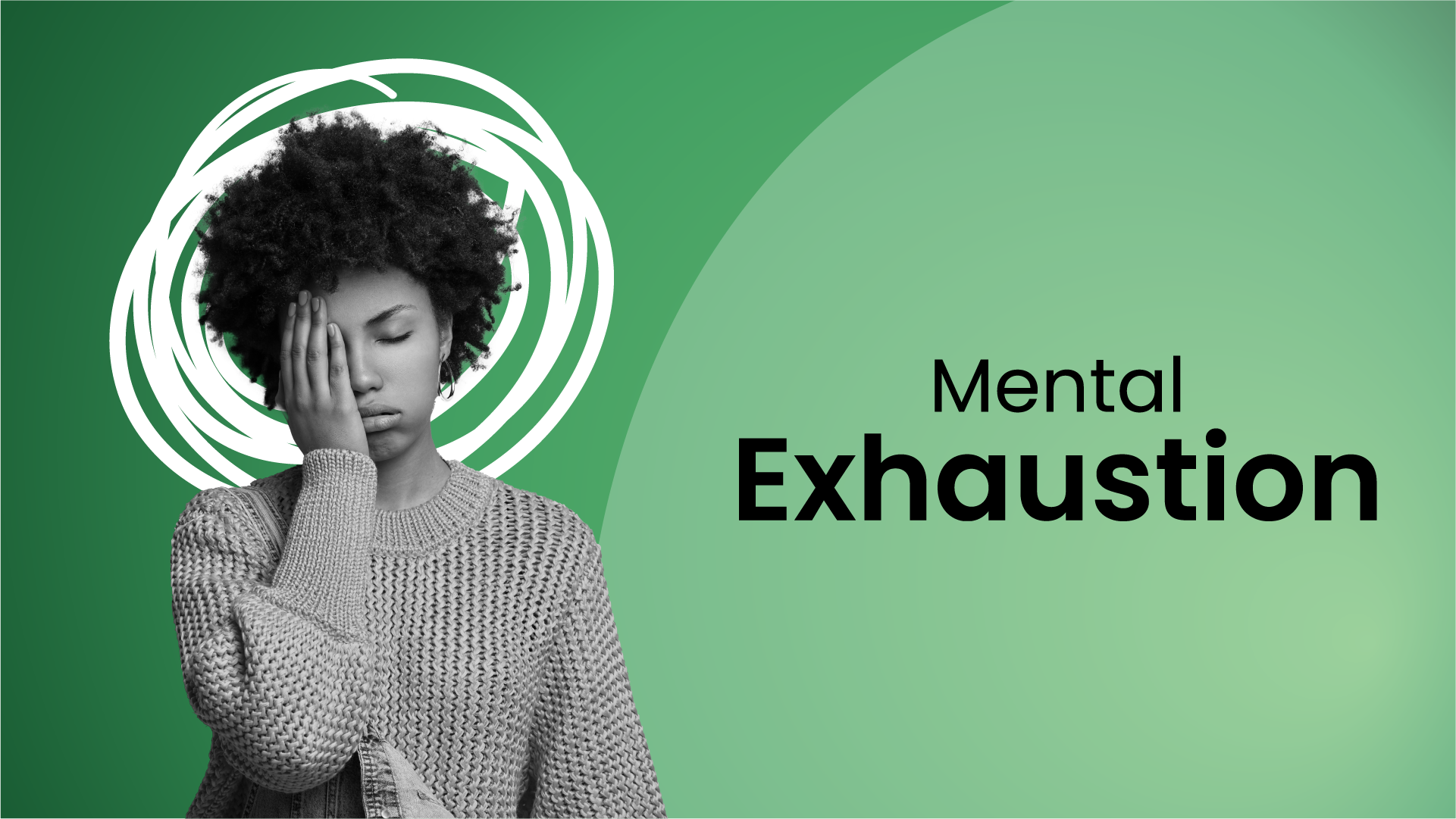











.png)







